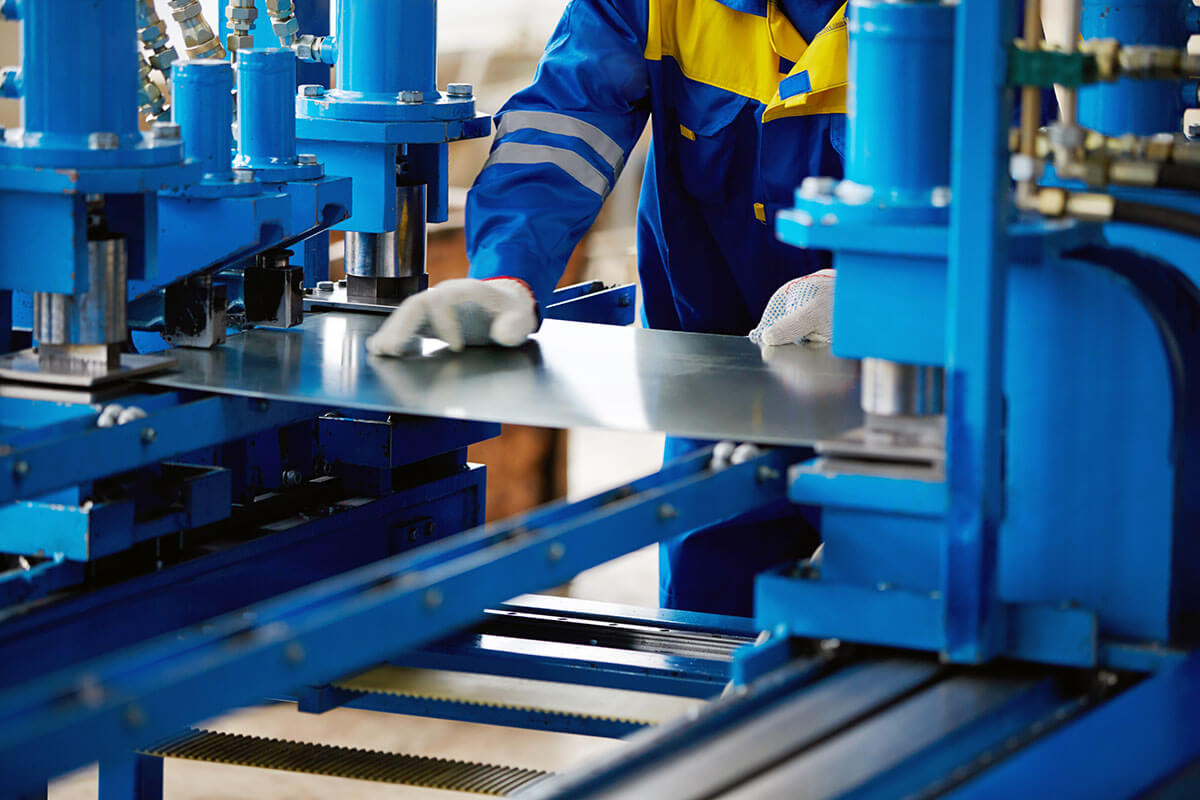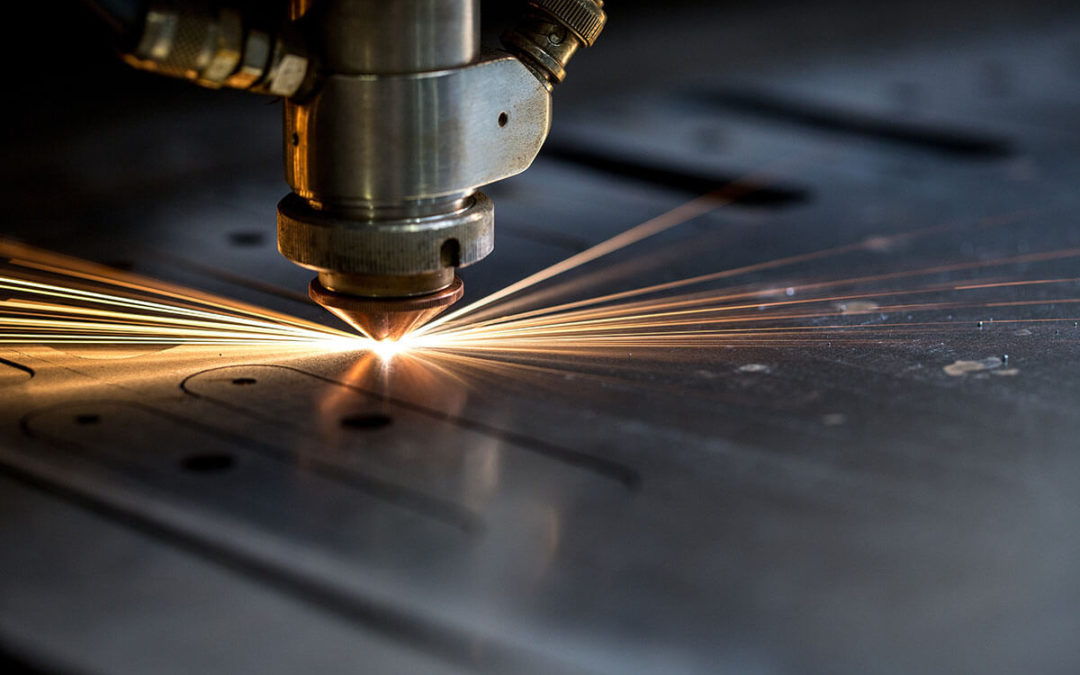From skyscrapers piercing the skyline to intricate machinery that powers our industries, sheet metal is a foundational element in modern construction and design. It is the backbone of manufacturing processes, the silent network of ducts that keep office buildings comfortable, and the framework for countless consumer goods. But what exactly is sheet metal fabrication, and how does it weave its way through numerous applications?
Sheet metal fabrication is the process of forming a flat piece of metal into a desired shape. This is achieved through various manufacturing techniques such as cutting, bending, and assembling. The importance of this process cannot be overstated. It supplies us with crucial components used in everything from household appliances to the aerospace industry.
Understanding the Process
The transformation of sheet metal is a complex interplay of physical manipulation and technological precision. At the core of the process lies the following steps:
- Cutting: This involves shearing the metal into sections, performed by various tools including power shears or laser cutters.
- Bending: Utilizing tools like press brakes, the metal is manipulated to form angles and complex shapes.
- Joining: The final shape is often composed of multiple pieces that need to be securely joined. Techniques such as welding, brazing, and riveting are employed for this purpose.
- Coating and Finishing: The fabricated piece may be coated for protection or enhancement, with options ranging from painting to galvanization.
Each step is a crucial stage of creating the product, and the precision at every stage directly correlates with the quality of the finished component.
From Kitchen to Skyline
Sheet metal’s applications are as varied as they are vast. In the home, it’s the material of choice for kitchen appliances, cabinet hardware, and even furniture. In construction, sheet metal forms the structural core of roofs, walls, and ceilings. Its use in the automotive industry as the foundational material for vehicle bodies cannot be overlooked.
Focus on HVAC and Ductwork
An area where sheet metal truly shines is in HVAC systems. Galvanized sheet metal is often employed for ductwork due to its corrosion resistance and airtightness, ensuring efficient airflow and the regulation of indoor climate conditions. This industry heavily relies on custom fabrication to accommodate the unique architectural features of each building.
The Exemplary Role of GPH Mechanical

Our team at GPH Mechanical takes pride in delivering custom orders tailored to the exact specifications of our clients. Our technicians, including a Red Seal Sheet Metal Professional, are adept at employing the latest technology and best practices to craft sheet metal that is not only aesthetically pleasing but also meticulously engineered for performance. By partnering with clients from the project’s conceptual stages, we ensure that the resulting product aligns perfectly with the client’s vision, performance requirements, and budget constraints.
The benefits of custom fabrication are substantial. Tailoring the metal to the specific requirements of a project can lead to increased efficiency, reduced waste, and a more cohesive finish. Custom sheet metal pieces are precision-fitted, resulting in less air leakage in HVAC systems, which directly correlates to energy savings. Equipment that fits perfectly into the available space operates more efficiently, contributing to cost-effective solutions for businesses. Adherence to specific project requirements ensures that custom-fabricated sheet metal is robust and able to withstand long-term operational stresses. This is particularly critical in applications where structural integrity is non-negotiable, such as in heavy-duty machinery and industrial settings.
Contact G.P.H. Mechanical Ltd. today—your preferred choice for HVAC Services in Summerland BC—and experience the difference true professionalism can make.

